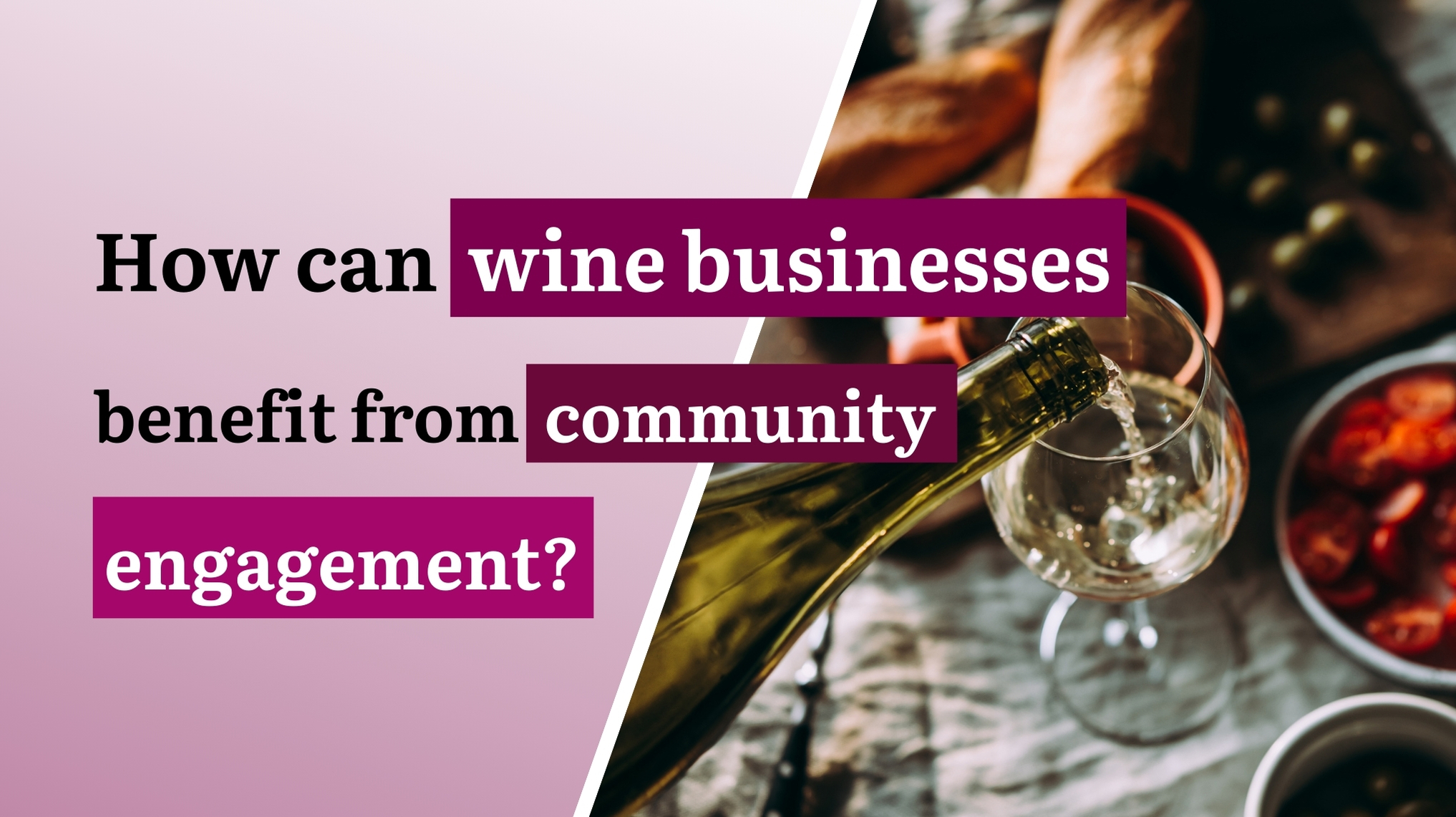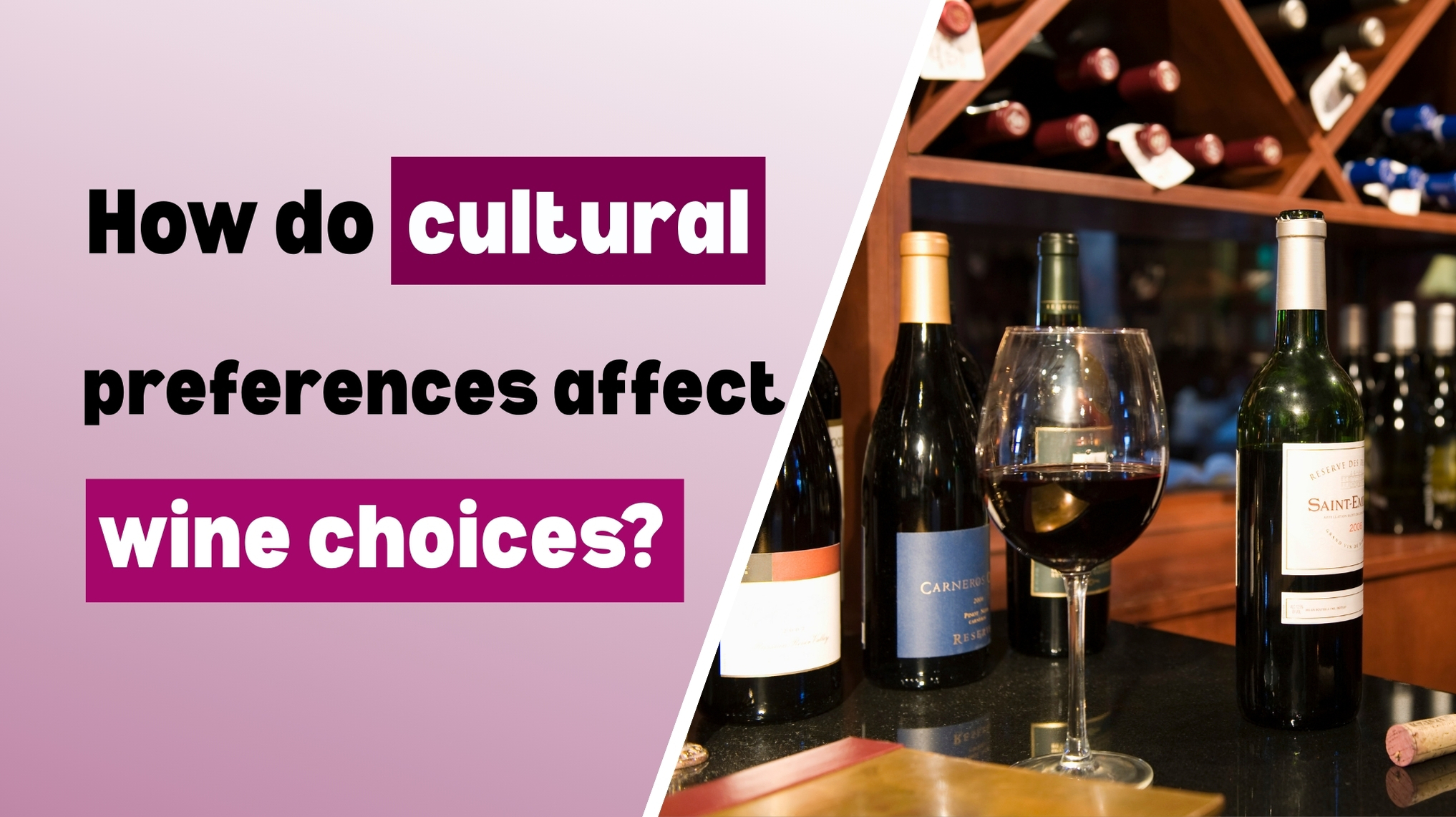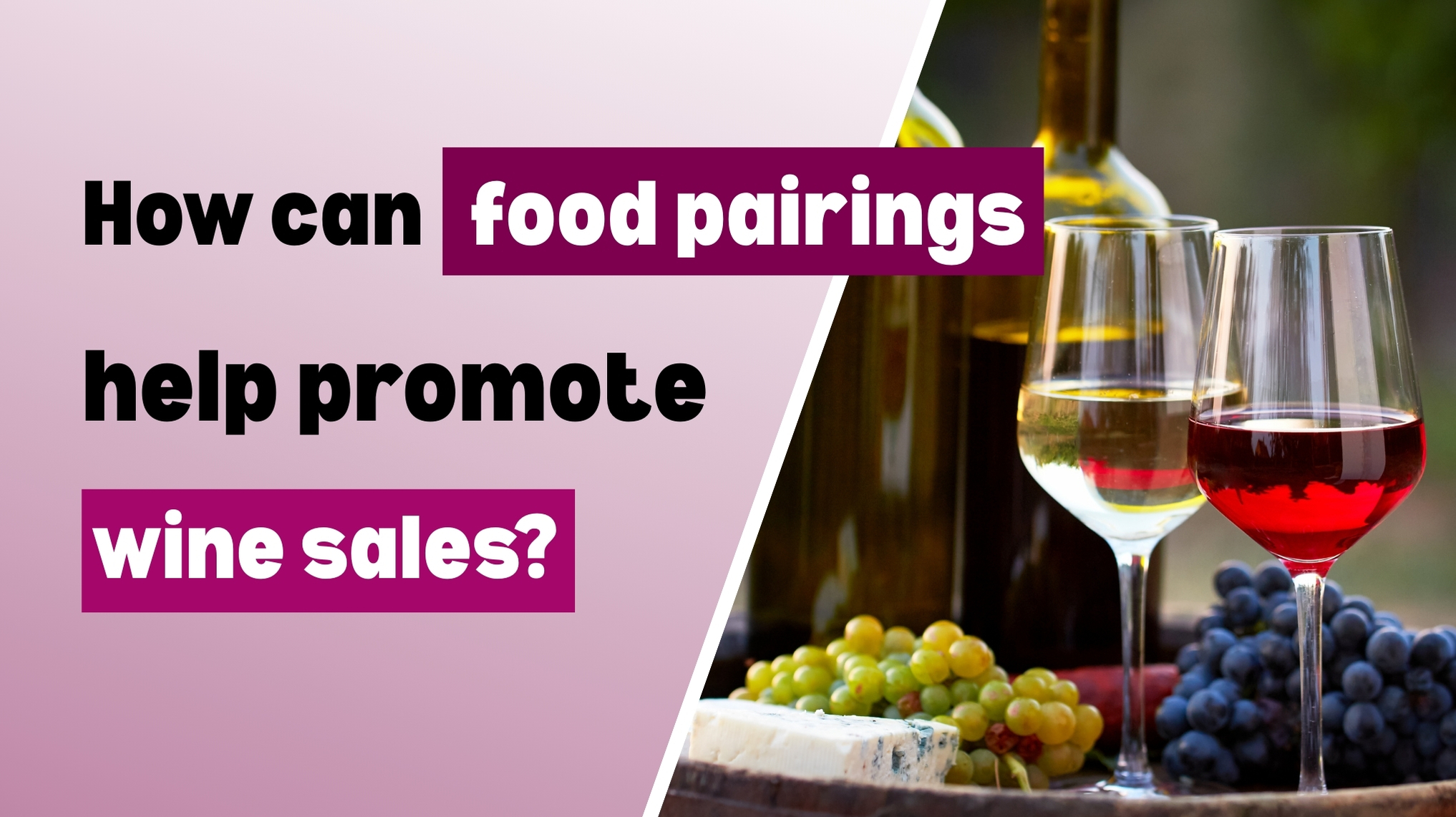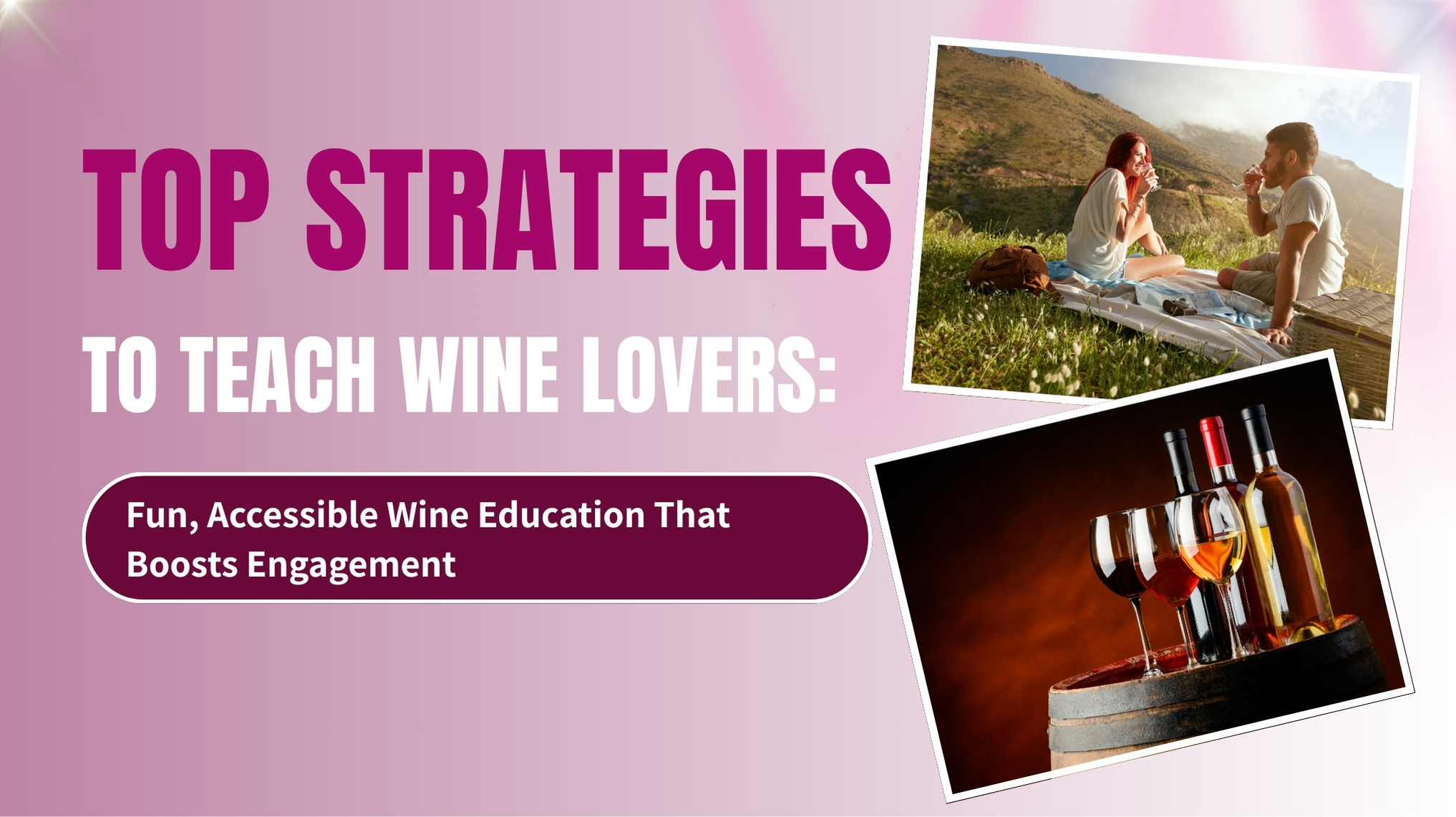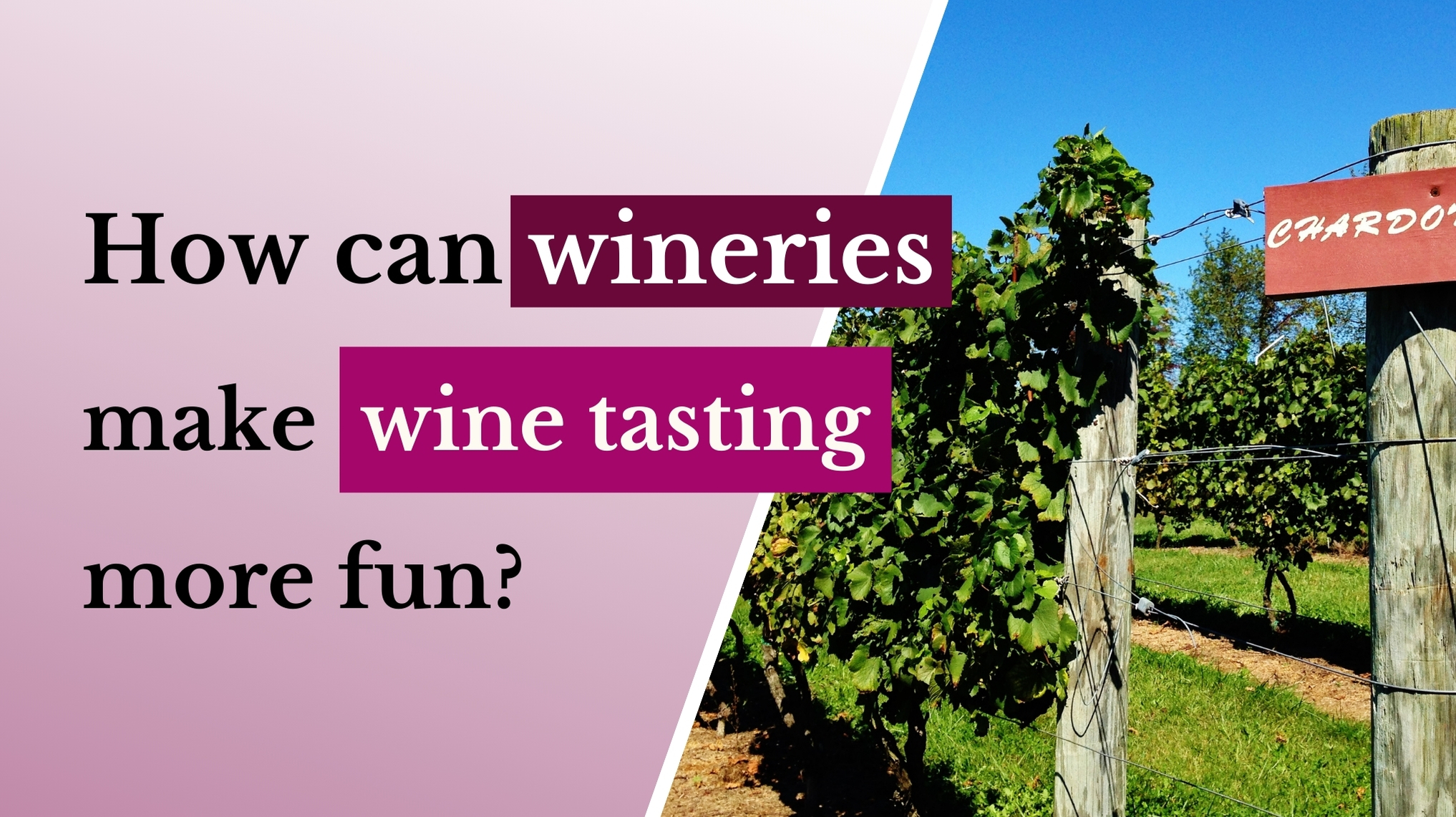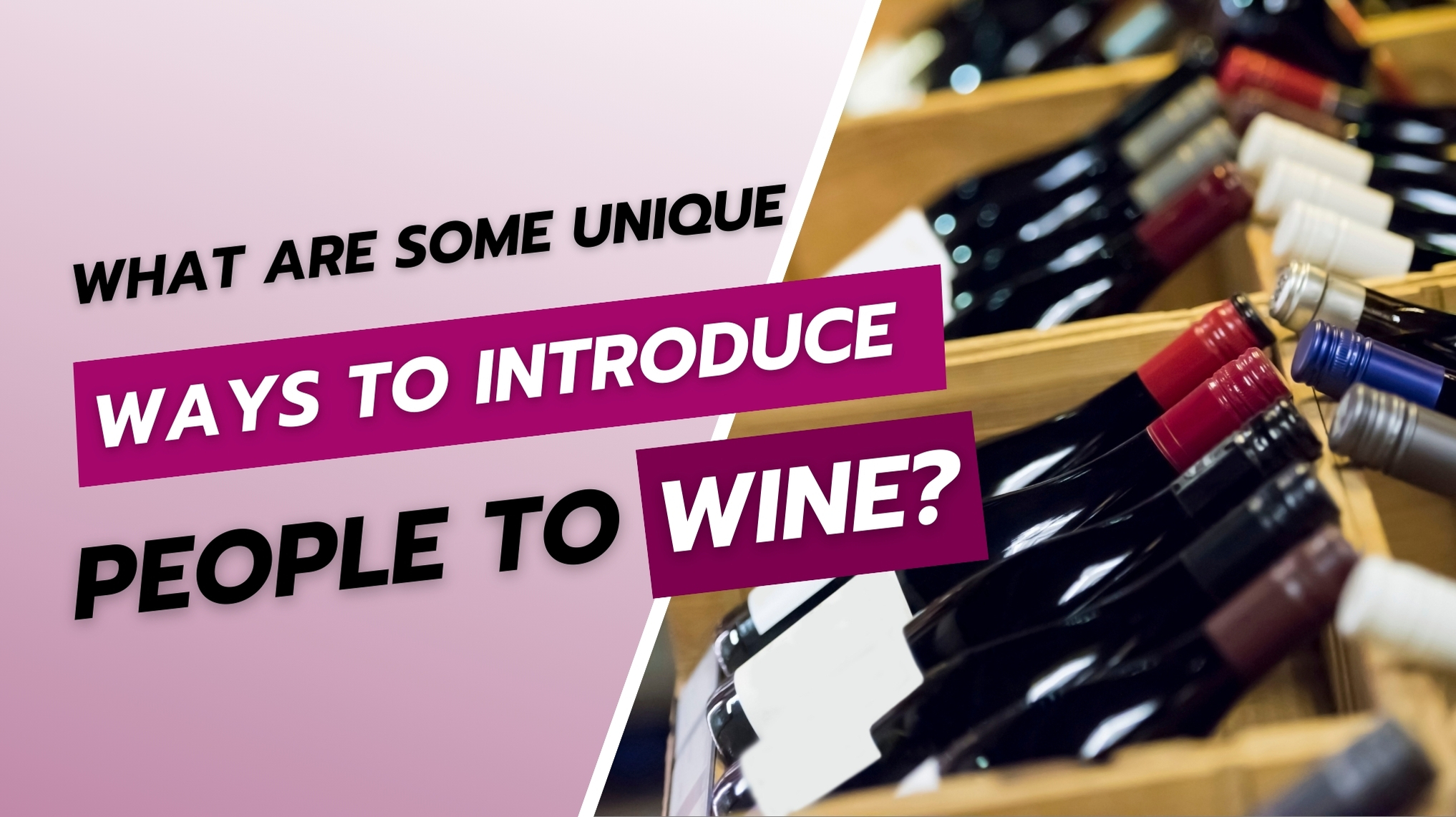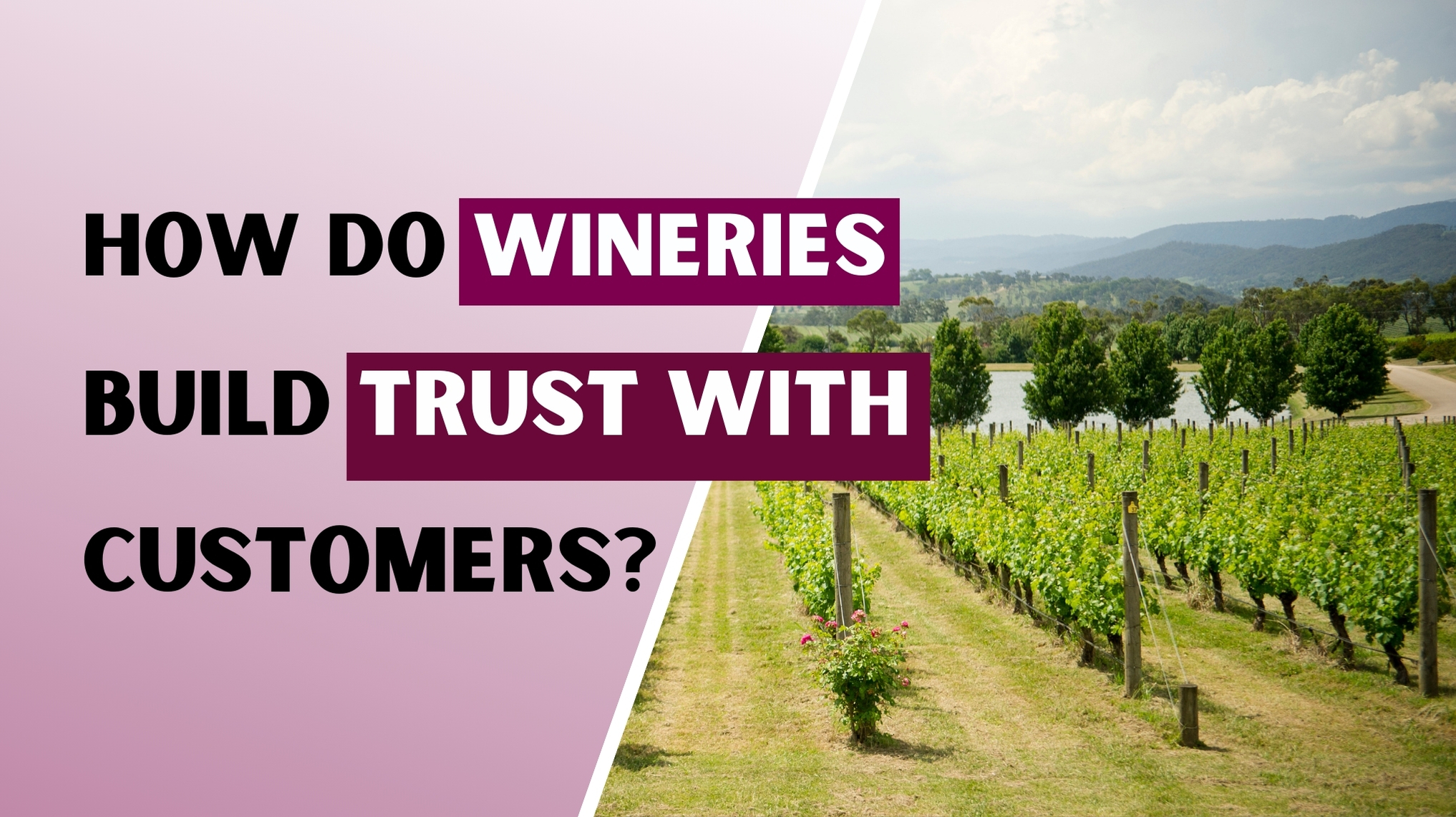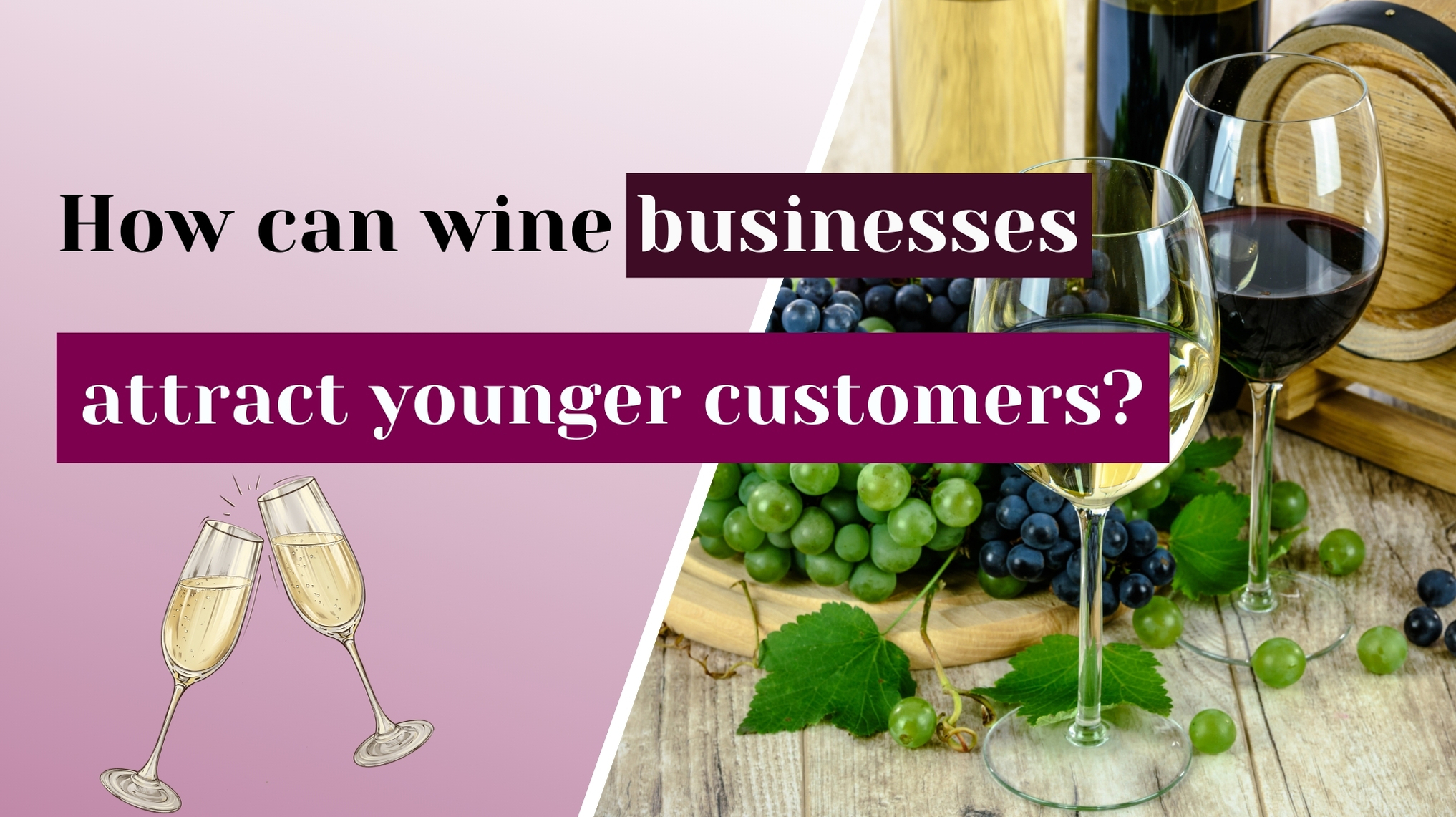What’s the best way to start a conversation about wine online?
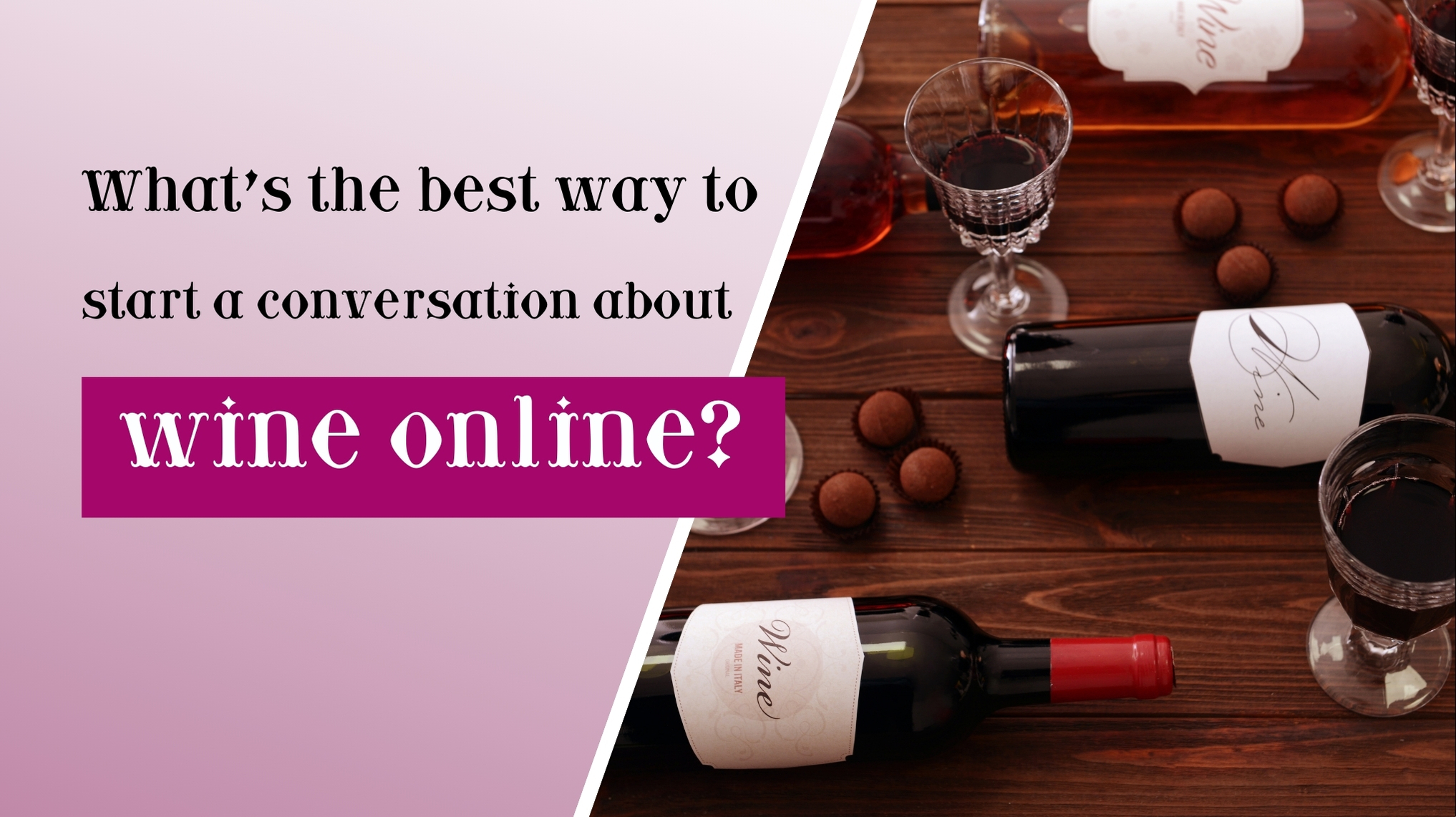
Choosing the Right Platforms
Not all social channels serve the same purpose—select platforms based on your audience’s preferences and behaviors.
Instagram and Facebook
Instagram and Facebook remain the top destinations for wine lovers, thanks to visual storytelling and robust engagement tools. Use Instagram Stories’ question stickers to ask followers about their favorite varietals or pairings, and leverage Facebook Polls in groups to gauge interest in upcoming virtual tastings.
Online Forums and Communities
Specialized forums like WineBerserkers provide spaces where enthusiasts—from beginners to “geeks in training”—ask detailed questions and share tasting notes, making them ideal for deeper, niche conversations. Engaging regularly with these communities by responding to threads or hosting “Ask Me Anything” sessions can position your brand as an approachable expert.
Blogs and Email Newsletters
Maintaining a dedicated blog or newsletter lets you dive into longer-form content—such as “How to Taste Like a Sommelier” or “5 Seasonal Wines to Try”—and prompts readers to leave comments or hit reply with their own experiences. Embedding polls or quick surveys within your newsletters helps gather feedback and keeps conversations going beyond the walls of social media.
Crafting Engaging Content
Content that invites participation is key to sparking dialogue.
Open-Ended Questions and Polls
Questions like “What’s your go-to red wine for cozy nights in?” or “Which food pairing surprised you the most?” encourage followers to share personal stories and preferences. Polls—such as choosing between two varietals—offer instant gratification and visibility into audience tastes.
Storytelling and Behind-the-Scenes
Sharing the story behind your vineyard, winemaking process, or a day in the life of a winemaker humanizes your brand and gives followers reasons to respond with questions or their own anecdotes. Short video clips or Reels showing barrel tastings or crush season can generate significant comments and shares.
User-Generated Content Campaigns
Encourage customers to post their own tasting notes or pairing photos using a branded hashtag—and feature the best submissions on your main feed to acknowledge and reward participation. UGC not only provides social proof but also creates ongoing touchpoints for new conversations as followers tag friends and share posts.
Live and Interactive Features
Real-time interactions build excitement and authenticity.
Live Tastings and Q&A Sessions
Hosting live tasting events on Instagram or Facebook Live, where a winemaker guides the audience through a flight and answers questions in the comments, fosters a sense of community and learning. Promote these events in advance and invite followers to submit questions beforehand to boost attendance and engagement.
Virtual Wine Workshops and Webinars
Offer free or low-cost online workshops—such as “Aroma Basics” or “Food Pairing 101”—that include interactive polls, breakout rooms, and downloadable tasting mats. This format deepens engagement and prompts attendees to discuss and compare notes post-session.
Quizzes and Gamified Content
Wine quizzes (“Guess the Grape Variety” or “Which Wine Matches Your Personality?”) invite playful participation and can be easily shared across social channels. Gamified experiences increase time spent on your page and often lead to organic shares and new followers.
Leveraging Influencers and Advocates
Collaborations can amplify your voice and lend credibility.
Micro-Influencers in the Wine Space
Partner with niche wine influencers who have 5K–20K followers and high engagement rates; their recommendations feel authentic and reach dedicated wine-curious audiences. Invite them to co-host a live tasting or takeover your Stories for a day to introduce fresh voices into your feed.
Brand Ambassadors and Superfans
Identify top customers who consistently comment, share, and tag your brand—invite them to join an ambassador program with perks like early access to new vintages. Their ongoing advocacy keeps your brand conversation vibrant and peer-driven.
SEO and Discoverability
Well-optimized content ensures your conversations are found by those searching.
Targeted Keyword Use
Incorporate long-tail keywords like “virtual wine tasting tips,” “best wine pairing questions,” and “wine chat ideas for beginners” into your post titles, captions, and hashtags. These phrases capture search-driven traffic from people looking for exactly the conversation starters you’re offering.
Meta Descriptions and Alt Text
Write clear meta descriptions—for example, “Join our live virtual tasting Q&A to learn about Bordeaux blends”—to improve click-through rates from search results. Using descriptive alt text on images (e.g., “winemaker explaining tasting notes on Instagram Live”) helps visually impaired users and boosts SEO.
Structured Content and Internal Linking
Organize blog posts with H2/H3 headings like “Conversation Starter Questions” and “Interactive Live Sessions,” and link back to related articles or past live recordings to keep readers exploring your site.
Best Practices and Real-World Examples
Learning from leaders accelerates your own success.
Naked Wines’ Values-Led Campaign
By focusing on authenticity and direct winemaker-customer dialogue, Naked Wines expanded its “Angels” community, boosting retention to 85% through collaborative wine projects.
Josh Cellars’ Viral Memes
Josh Cellars embraced internet culture by engaging with memes around its name, which drove online buzz and reinforced brand awareness among casual wine drinkers.
Pernod Ricard’s Influencer Partnership
Leveraging F1 driver Dan Ricciardo’s social reach, Pernod Ricard’s St Hugo brand attracted younger demographics by weaving authentic storytelling with influencer-led content.
Frequently Asked Questions
Q1: How can I start engaging conversations about wine on social media?
A1: Begin by asking open-ended questions, sharing behind-the-scenes stories, and encouraging user-generated content. Utilize polls, quizzes, and live sessions to foster interaction.
Q2: Which social media platforms are best for wine marketing?
A2: Instagram and Facebook are ideal for visual storytelling and community engagement. Forums and blogs are great for in-depth discussions, while newsletters keep your audience informed.
Q3: How do I encourage user-generated content?
A3: Create branded hashtags, feature customer posts on your feed, and run contests or challenges that prompt followers to share their experiences.
Q4: What are the benefits of hosting virtual wine tastings?
A4: Virtual tastings expand your reach, allowing you to connect with a global audience. They also provide interactive experiences that can lead to increased sales and brand loyalty.
Q5: How can micro-influencers help my wine brand?
A5: Micro-influencers have highly engaged audiences and can provide authentic endorsements. Collaborating with them can enhance your brand's credibility and reach.
Q6: Why is SEO important for online wine conversations?
A6: SEO ensures your content is discoverable by those searching for wine-related topics. Optimizing your posts with relevant keywords and meta descriptions increases visibility and drives traffic.

